The pulse of Kansai, raucous, lively Osaka stands in stark contrast to its more traditional, restrained sibling Kyoto. The difference between the two can be summed up in the Japanese saying “Kyoto no kidaore, Osaka no kuidaore”: Kyotoites are driven to financial ruin by fashion, but Osakans spend every last penny on food.
Not that Kyoto has its own shortage of good eats, of course, but if there is one thing that an Osakan is known for, it’s their love of food. Fittingly, Osaka is home to some of the best restaurants in the whole Kansai region — if not the whole country.
Follow this list and you’ll always know where to eat in Osaka.
14 of Osaka’s Best Restaurants: Where to Eat in 2024
1. Hozenji Sushidokoro Nakatani
The holder of a Michelin star for multiple years, Hozenji Sushidokoro Nakatani is famous for two things: the impeccable quality of its sushi, and the obscurity of the whole affair.
Pictures of the food or interior are strictly forbidden. With its calendar only opening a month in advance, reservations are incredibly difficult to secure, and have a notoriously strict cancellation policy — the moment a reservation is secured, any change or cancellation incurs a 100% fee.
So why is Chef Nakatani Hiroyuki’s list of regulars so long? Because simply put, a meal at his restaurant is an experience. The counter seats only eight, and Chef Nakatani makes sure to give each diner personal attention. His 20-item course is made with exceptional care and attention, using ingredients that he purchases every morning at local Osaka markets.
In true Edomae tradition, Chef Nakatani also keeps his shelves well-stocked with a fine selection of sake, and his encyclopedic knowledge of it means he’s always ready to give pairing recommendations. Right next to Hozenji Temple, it’s an easy recommendation to anyone giving the area a visit.
2. Wagyu Kappo Toraichi
Like it or not, Japanese fine dining is often exclusive. Many of the finest restaurants have members-only requirements. Among them is Wagyu Kappo Toraichi, a restaurant in the upscale Umeda district of central Osaka.
An inconspicuous, unassuming establishment on the street corner of two major thoroughfares, a service at Wagyu Kappo Toraichi grants members access to some of the best wagyu beef available in all of Japan.
Smartly dressed chefs in waistcoats and shirtsleeves cut this fatty meat with machine-like precision, preparing it in a variety of different ways, complementing the luxurious beef with ample use of equally premium accompaniments like truffle and caviar. The meal isn’t complete without the head chef dispensing black pepper, by way of a colossal pepper grinder the size of a small boat anchor.
This experience is ordinarily limited to a select number of members, who have to go through a selection process before they are even granted access. However, byFood enjoys a special agreement with Toraichi, giving guests a back door into this highly exclusive wagyu experience.
3. Yakitori Matsuoka
With its recent inclusion in the Michelin Guide 2024 as a Michelin Selected restaurant Yakitori Matsuoka has received a boost in popularity — but it enjoyed a significant following long before that.
Located near Osaka Castle, Yakitori Matsuoka uses exclusively free-range kuro-o chicken from Kagoshima Prefecture in its dishes, a breed renowned for its flavor and texture. It is then grilled over white-hot Kishu bincho-tan charcoal, which gives it a smoky aroma that fills the mouth from the first bite.
Paired with a glass from Chef Matsuoka Hiroki’s extensive selection of sake and whiskies — including the “phantom sake” Juyondai from Niigata Prefecture — it’s the pinnacle of yakitori experiences.
Visitors will notice that there is a significant population of overseas travelers among its clientele; Chef Matsuoka’s fluency in English puts English speakers at ease, knowing that they can communicate with the chef without difficulty.
4. Minokichi Shinsaibashi Midosuji
An offshoot of one of Kyoto’s most prestigious and oldest dining establishments, Minokichi has found its home in Osaka’s vibrant Shinsaibashi shopping district.
Minokichi Shinsaibashi Midosuji specializes in Kyoto cuisine, or kyo-ryori — a refined culinary tradition that some consider the origin of kaiseki. With its flagship established in 1716 near Kyoto's Sanjo Bridge, Minokichi's Osaka branch excels in showcasing freshwater delicacies from Lake Biwa and the Kamo River, complemented by locally sourced vegetables and pickles. The menu highlights seasonal specialties such as salt-grilled ayu sweetfish, Japanese black beef and pot-cooked rice served with an assortment of seasonal pickles.
The restaurant’s serene interior, with tatami floors and low tables, provides a welcome retreat from the bustling city. For a more private dining experience, opt for one of their intimate rooms, which accommodate up to eight guests.
5. Sukiyaki Kushikatsu Haruna Honcho
Not all pork is made equal, and Sukiyaki Kushikatsu Haruna Honcho is determined to make people understand this. It’s a hotpot restaurant that uses mostly Ibu Biton pork from Wakayama Prefecture, one of the most highly regarded types of pork in all of Japan.
Ibu Biton — literally translating to “beautiful pork” — is raised only on farms in the coastal town of Susami, and is the result of careful breeding between domestic pigs and wild boar, to give it the delicate fatty taste and satisfying texture of both, while getting rid of the characteristic gamey smell of the latter.
Fun fact: The pigs are also fed grain treated with plum vinegar extract, which gives the meat an especially sweet flavor.
At Haruna Honcho, diners can choose to eat this beautiful meat either as sukiyaki (simmered in a mixture of mirin, soy sauce and sugar) or as shabu-shabu (flash-boiled, then dipped in a variety of different sauces). Shabu-shabu lets the pork’s natural flavor shine through more distinctly, but sukiyaki amplifies the pork’s innate sweetness. Nonetheless, it’s delicious regardless of how you choose to eat it.
6. Numata (or alternatively, Kitashinchi Tentomi)
Tempura in Osaka’s Umeda and Kitashinchi areas is dominated by one name: Numata. Unquestionably Osaka’s finest tempura restaurant, it is also only one of two double-Michelin-starred restaurants in Osaka to specialize in tempura (the other being the equally fantastic Shunsaiten Tsuchiya, which bills itself more as “tempura kaiseki”).
Numata should definitely be on any foodie’s list, of course. But with the notoriously long waitlist and limited availability that come with holding two Michelin Stars, you might have to find an alternative.
Alternative tempura restaurant in Osaka: Kitashinchi Tentomi
While they may not hold the same level of prestige as Numata, Kitashinchi Tentomi, literally just one block south of Numata, serves a 10- to 13-item tempura course at a fraction of the price — and actually ranks significantly higher on Tabelog.
Specializing in seasonal tempura, such as ayu sweetfish and conger eel in the summer, the chefs at Tentomi try their best to make sure that no two omakase courses are ever exactly the same.
7. Jibundoki
When you think of Osaka food, you automatically think of one of two things: takoyaki (octopus balls) and okonomiyaki (a savory grilled pancake stuffed with various ingredients). There are few finer places in Osaka to try the latter than at Jibundoki, an okonomiyaki restaurant just south of Hommachi Station.
If you’re looking for a more traditional okonomiyaki experience, this probably isn’t it. Jibundoki established its reputation on its esoteric takes on this Kansai staple, with fillings like ham-wrapped mochi and roasted potatoes. Strange but delicious — and the Michelin inspectors definitely agree, giving it a Michelin Bib Gourmand in 2019.
Supplementing the star of the show is a wide selection of snacks and drinks. The kushiage (deep-fried skewers) in particular is just as eclectic as the okonomiyaki, featuring things like cheese and walnuts, or scallops with green peppers — things that you might not have thought lent themselves well to being deep-fried, but end up being surprisingly delightful.
8. Gastroteka Bimendi
Kansai favorites like the aforementioned okonomiyaki and takoyaki are obviously popular in Osaka, but as one of the cultural centers of Japan, cuisines from all cultures and countries can be found in the city.
One such restaurant is Gastroteka Bimendi, which has enjoyed unprecedented popularity in spite of serving a type of cuisine that would be considered esoteric even outside of Japan: Basque.
This gastroteka brings food from the northern Basque country in Spain to Osaka’s Honmachi business district, making pintxos (small bites) with ingredients shipped directly from Spain, such as pickled sardines and Iberico pork. It’s also one of the very places that you can likely try traditional Basque cider, cloudy and extremely sour — but also infinitely drinkable.
It hasn’t just proven to be popular with locals; Michelin inspectors awarded it a Bib Gourmand in 2021 for that beautiful balance of price and performance.
9. The New World
Holder of a Michelin Bib Gourmand, The New World is one of the newer brainchildren of the legendary sio group, a Japanese restaurant group that collects Michelin accolades like they’re going out of fashion.
Set in the basement of Parco Shinsaibashi, this fusion izakaya sees a variety of faces seated at its counter, from salarymen after work to couples on date nights. All of them are drawn by the laid-back, casual atmosphere and the food, which is simultaneously adventurous and yet familiar.
Japanese favorites like obanzai platters and beef bowls are given creative spins, the latter elevated by the use of wagyu beef sirloin from Amakusa in Nagasaki Prefecture.
10. Kitashinchi Kushikatsu Bon
Though it may now be famous all over the nation, kushikatsu is another street food with its roots in Osaka. The former holder of a Michelin Star, Kitashinchi Kushikatsu Bon takes this humble food and elevates it through its use of fine ingredients — including wagyu chateaubriand, foie gras and sea urchin — and impeccable technique.
Omakase courses serve individual skewers of these precious ingredients, deep-fried with great skill in cottonseed oil to ensure that the taste of the oil is not overly cloying. Feel like a pairing to go with your skewers? A professional sommelier is on hand to offer recommendations from the restaurant’s extensive selection of French and Californian wines.
For those worried about not knowing how to order, fear not — the worldwide popularity of Bon (it even has a Michelin-recognized outlet as far as Paris) means that the staff has made accommodations for overseas guests. An English menu is available, as are some English-speaking staff.
11. Oryori Amenimomakezu
Six seats. That’s all the seating that this Osaka Michelin Bib Gourmand recipient has. Unsurprisingly, reservations are full at every dinner service — the restaurant is open for lunch as well, but only on a walk-in basis.
Chef Nakata Takataro, welcomes every guest with a warm greeting, and personally sends each of them off, no matter how busy he is behind the counter. In the same spirit, guests are encouraged to talk to each other over the course of the service.
It’s an opportunity to make new connections, even if just for a fleeting moment. Not that Chef Nakata is ever in a rush to usher in new guests; guests are welcome to stay as long as 2.5 hours, making it a whole evening affair.
Facilitating this is the food, which Chef Nakata crafts expertly from seasonal ingredients. From tempura to chawanmushi (steamed egg custard) to grilled Miyazaki wagyu beef. Even more so than the spectacular food, however, is the collection of sake.
Before embarking on his culinary career, Chef Nakata hailed from a sake distributor — specifically a specialist in mountain sake — and therefore has a collection to rival even the best in the country.
Clink glasses and rub shoulders with the people next to you, as you exist together for an evening in Oryori Amenimomakezu’s liminal space.
12. Tennosachi Yamanosachi
With a name that literally means “blessings of heaven, blessings of the earth,” Tennosachi Yamanosachi makes good on this divine title by offering two of the greatest brands of wagyu beef currently in existence.
On one hand, Miyazaki beef: voted the best beef in Japan for more than 20 years running. On the other hand, Omi beef, widely counted as the third of the Great Beefs of Japan, alongside the vaunted Matsusaka and Kobe beef.
Both of these are served in various forms, from roast beef and sukiyaki hot pot to beautifully marbled sirloin steak at this wagyu specialist restaurant, just two blocks south of Yodoyabashi Station.
The ambience is phenomenal, with an abundance of warm lighting and natural wood making for an extremely calming atmosphere — designed by renowned architect Shigemasa Noi.
13. Az
By day, this Chinese restaurant in Nishitemma goes by Bifun Azuma, serving hearty favorites like fried rice vermicelli (bifun) and bamboo leaf-wrapped glutinous rice dumplings (chimaki).
By night, however, the restaurant name loses several letters — going simply by Az — and the menu gains several dim sum offerings, ranging from scallop-filled spring rolls to salmon roe marinated in Shaoxing wine.
Strangely, its Michelin Bib Gourmand is awarded specifically to Az, and not Bifun Azuma, but visitors can rest assured that the food is impeccable either way. The Michelin Guide does work in mysterious ways, and we can’t profess to know them all.
14. Shunwaseki Uoman Nishi-Umeda Main Branch
As a port city, Osaka is renowned for its seafood — but Shunwaseki Uoman doesn’t discriminate when it comes to its sources. This proud series of restaurants may have established its reputation in Osaka, but it has suppliers from all over the country, from Tottori and Nagasaki in the west to Aomori and Miyagi in the north.
This ensures that regardless of season, Uoman has access to the freshest catch. This makes its signature dish — tai-meshi, or sea bream rice, delicious regardless of what time of year it is. Order a glass of sake from the restaurant’s vast selection to go with your meal — the chefs jokingly call it the restaurant’s “secret weapon,” with how greatly it can positively affect a meal.
Of course, while seafood may be the restaurant’s major selling point, there’s plenty of other menu options that are a little less fishy as well. For instance, the Omi beef soy milk hot pot is a popular signature, and a staple of the restaurant’s course menus.
The main branch in Nishi-Umeda continues to be its most popular outlet to this day, thanks to its central location on the sixth floor of the upscale Breeze Breeze mall, surrounded by luxurious hotels like the Hilton Osaka and the Ritz-Carlton.
15. Chunagon Sennichimae Mirakukan
When it comes to spiny lobster — ise-ebi — in the Kansai region, there is only one restaurant that comes to mind, and that is Chunagon. Having started in Kobe in 1951, the restaurant has since established itself as the premier specialist in the thorny crustacean.
Chunagon prepares it in any way you can imagine; whether raw as sashimi, in a stew, grilled over an open flame, or even in rice steeped in tea (ochazuke). Regardless of how, it’s guaranteed to be delicious.
Chunagon has outlets all over Kansai now, and its influence has even reached as far as Tokyo. But for the best possible experience, you’ll want to go to the Sennichimae Mirakukan branch, which is located just south of the popular Dotonbori shopping district in central Osaka and a short walk from Osaka-Namba Station.
Thinking of adding a couple a la carte items? Not to worry — staff speak English and English menus are available too.
With all these outstanding restaurants to try, you might be tempted to stay in Osaka for a while longer. Read through our 3-day Osaka itinerary, savor Osaka’s sushi scene with the best omakase sushi restaurants, or learn a new skill in these unforgettable Osaka cooking classes.
Best restaurants in Osaka FAQs
Are there vegetarian-friendly restaurants in Osaka?
Yes, Osaka offers a variety of vegetarian-friendly restaurants that cater to different dietary preferences.
What is the average cost of a meal at a restaurant in Osaka?
The average cost of a meal at a restaurant in Osaka can vary depending on the type of cuisine and the restaurant's location. On average, you can expect to pay around ¥1000 to ¥3000 per person.
What are some must-try dishes at restaurants in Osaka?
Osaka is famous for its street food like takoyaki, okonomiyaki and kushikatsu. Don't miss out on these delicious local specialties when dining in Osaka!
Many restaurants in Osaka cater to international visitors and offer English menus or have pictures on the menu to help non-Japanese speakers make their selections.
Do restaurants in Osaka accept credit cards?
While many restaurants in Osaka accept credit cards, it's always a good idea to have cash on hand as some smaller eateries may only accept cash payments.
Are reservations required at restaurants in Osaka?
Reservations are recommended, especially for popular restaurants or during peak dining hours. However, some restaurants may also accommodate walk-in customers.
 Tokyo
Tokyo Osaka
Osaka Kyoto
Kyoto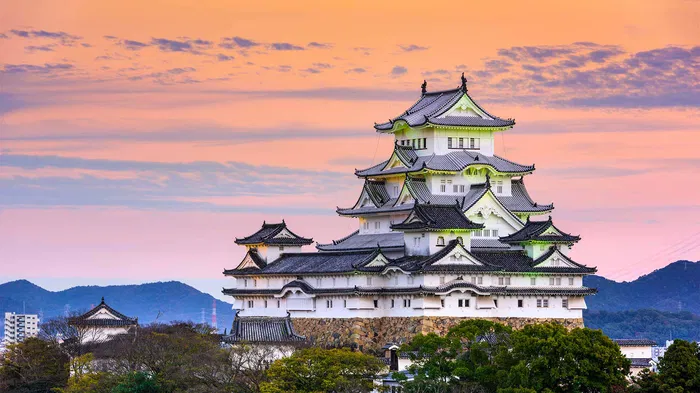 Hyogo
Hyogo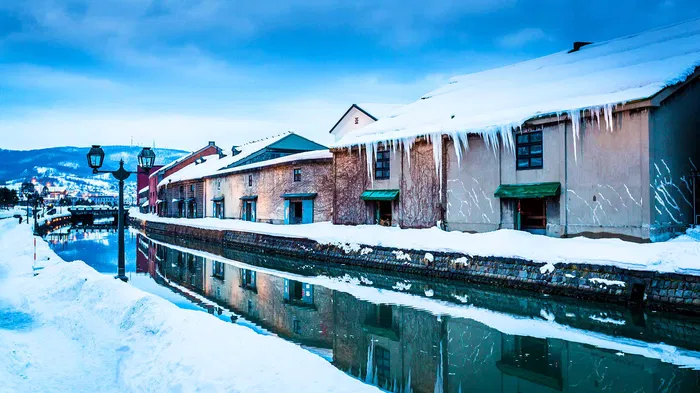 Hokkaido
Hokkaido Nara
Nara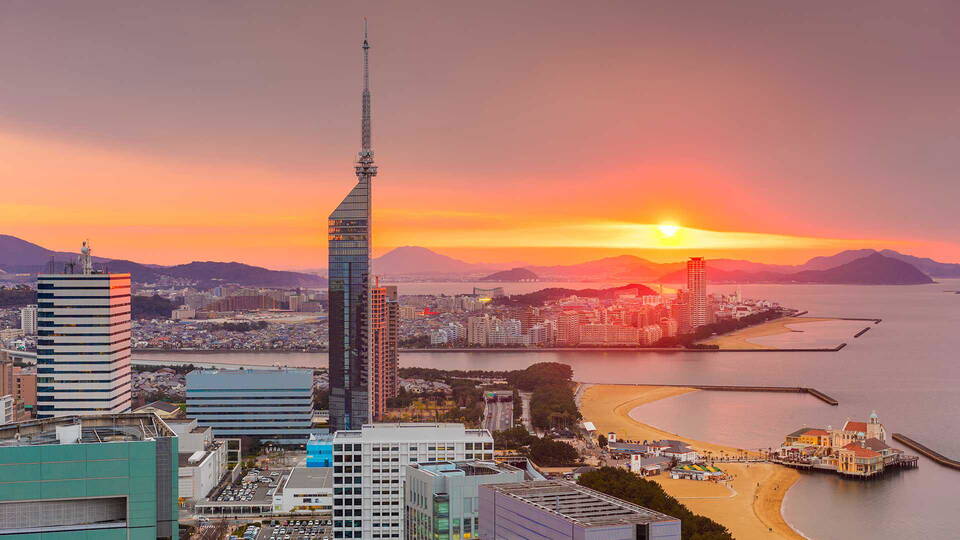 Fukuoka
Fukuoka Hiroshima
Hiroshima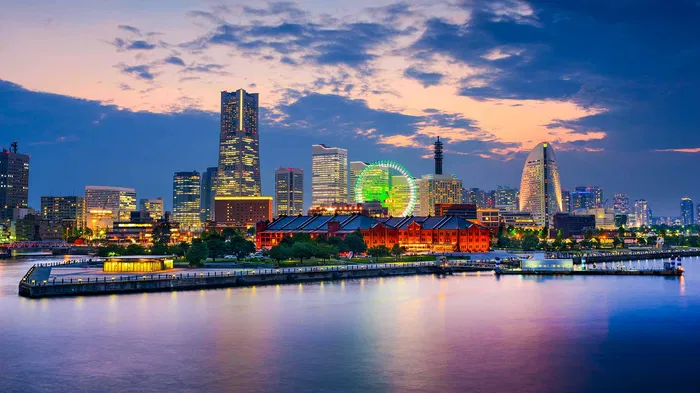 Kanagawa
Kanagawa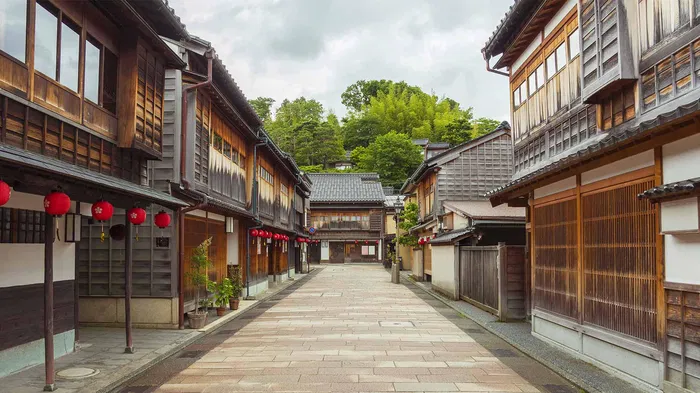 Ishikawa
Ishikawa Florence
Florence Paris
Paris Rome
Rome Porto
Porto Barcelona
Barcelona New York
New York Venice
Venice Madrid
Madrid Marrakesh
Marrakesh Istanbul
Istanbul